• WINE wine Wine wINE•
SOUTHERN CALIFORNIA WINERY REVIEW
Southern California has become a great place to go wine tasting! Great wines, great wineries -- and great people! This website is dedicated to bringing you the best info on wineries in San Diego and Riverside counties -- and a few other places as well. Enjoy!
Chateau 55 Wine Storage Facility
Get first month free and 5% discount per month for first 11 months by mentioning our name when signing up.
Get first month free and 5% discount per month for first 11 months by mentioning our name when signing up.
Latest Blog
Finally got back to Correcaminos, a boutique winery in Ramona.
In addition to this latest blog, I've added a piece in the About section discussing some very interesting results from an aging test. Find it where it belongs, right after the discourse on how the French make barrels.
Finally got back to Correcaminos, a boutique winery in Ramona.
In addition to this latest blog, I've added a piece in the About section discussing some very interesting results from an aging test. Find it where it belongs, right after the discourse on how the French make barrels.

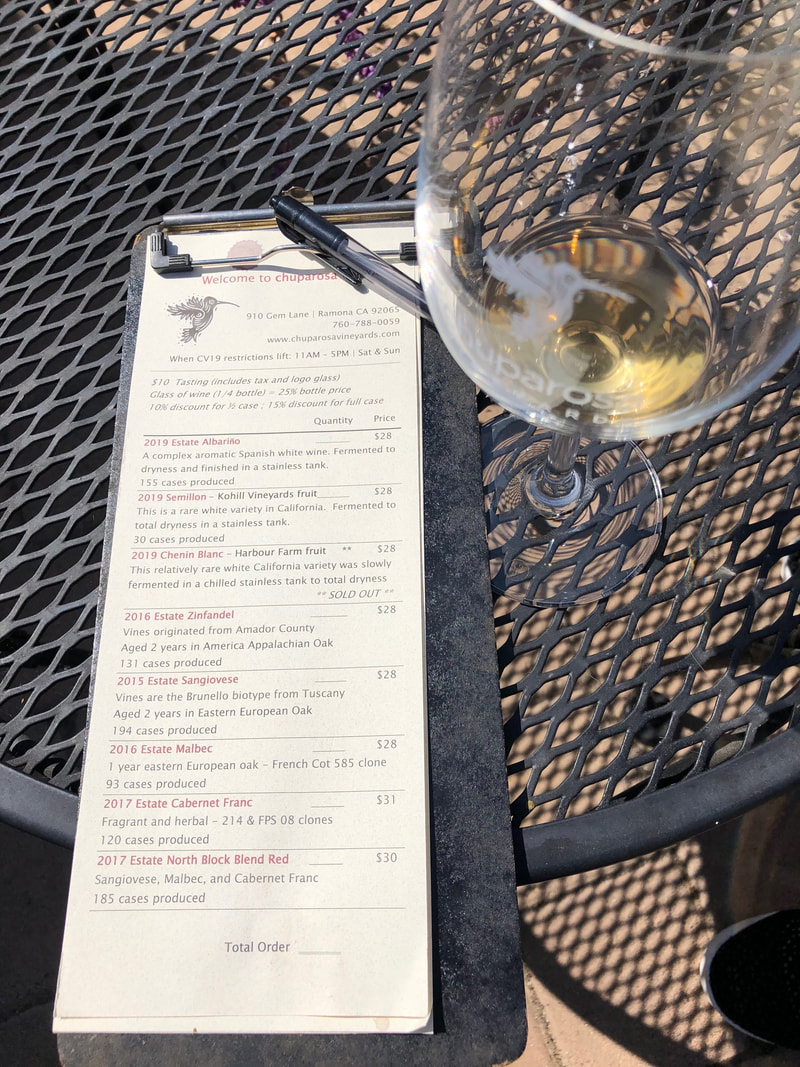
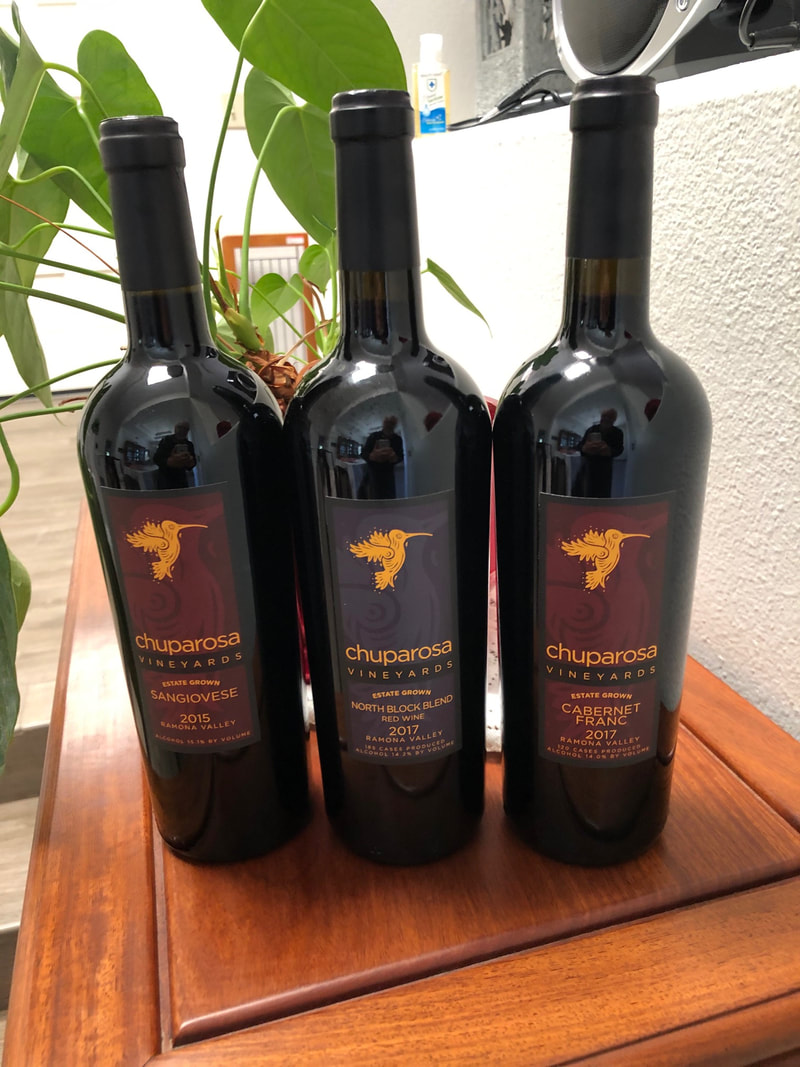


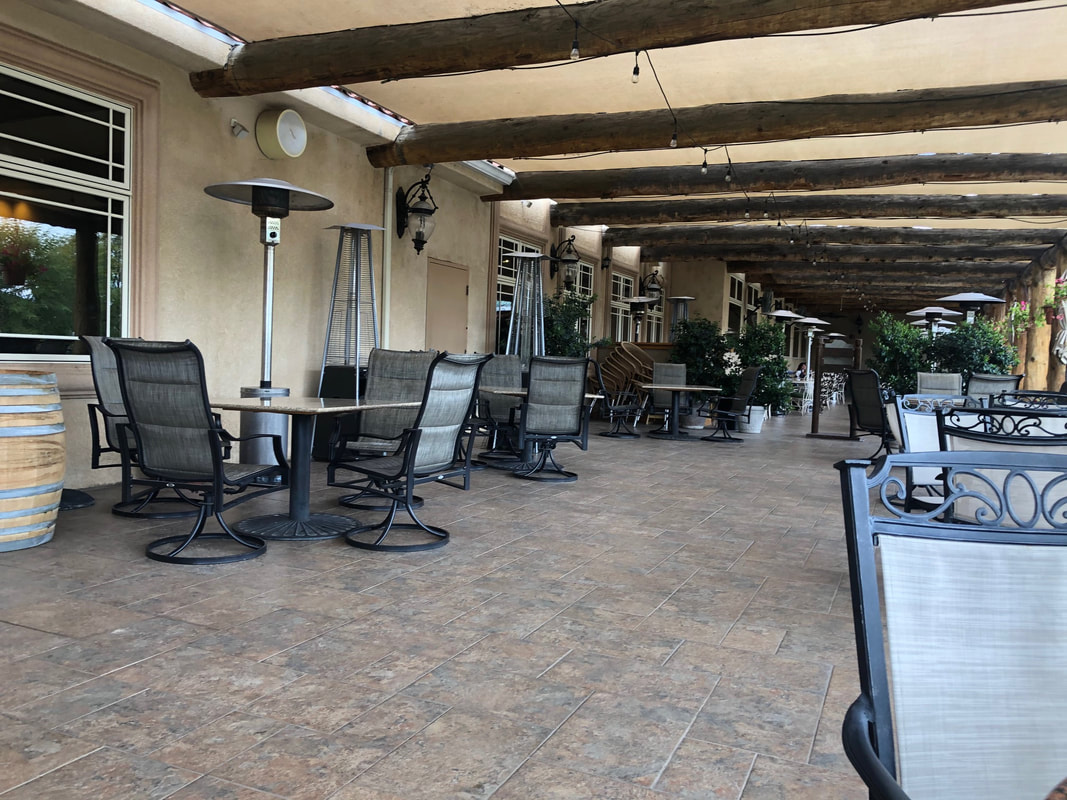
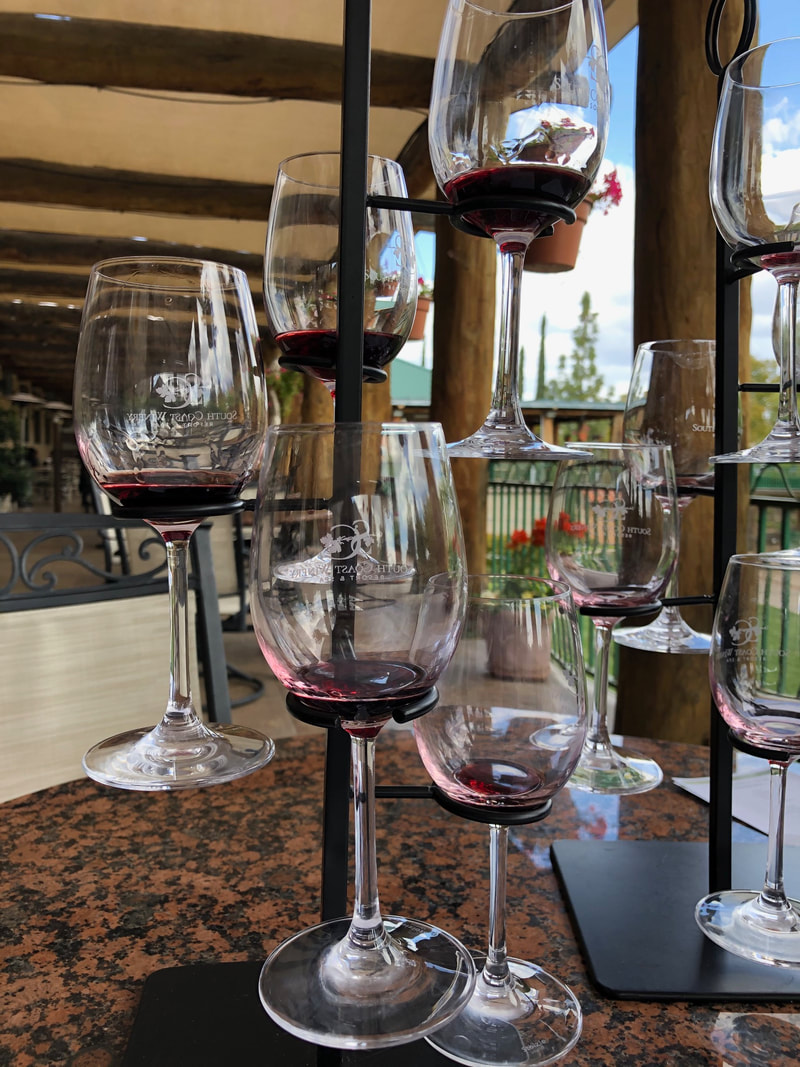
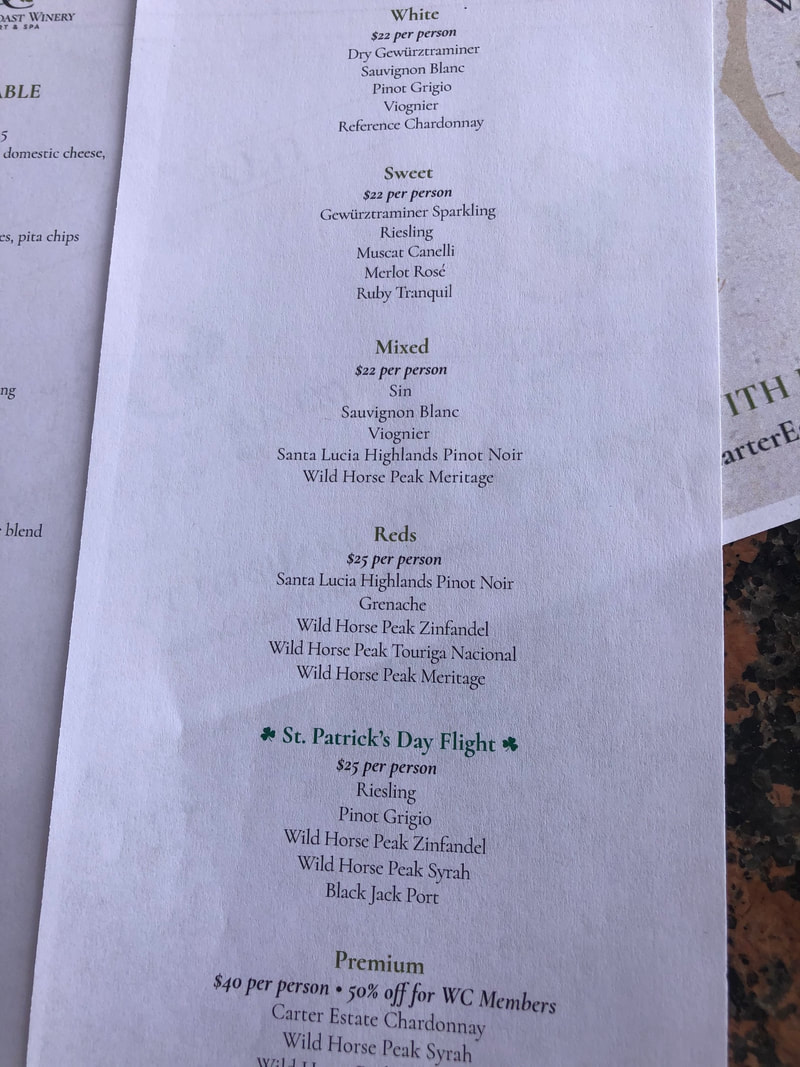

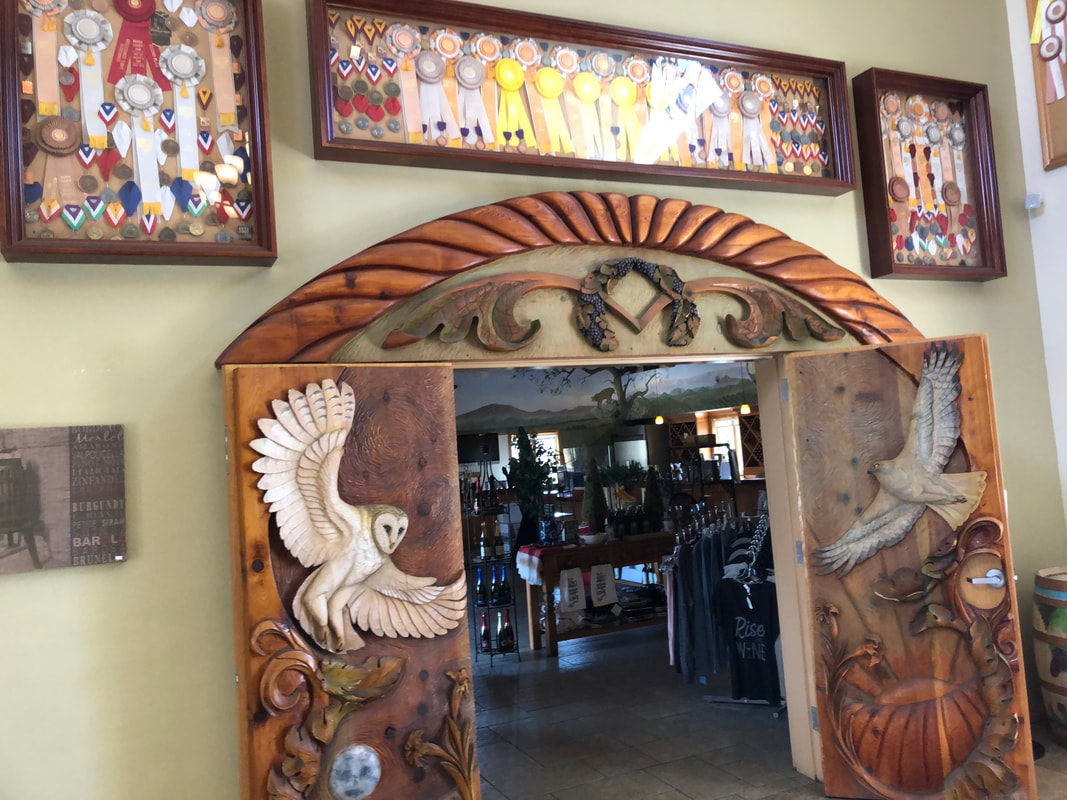
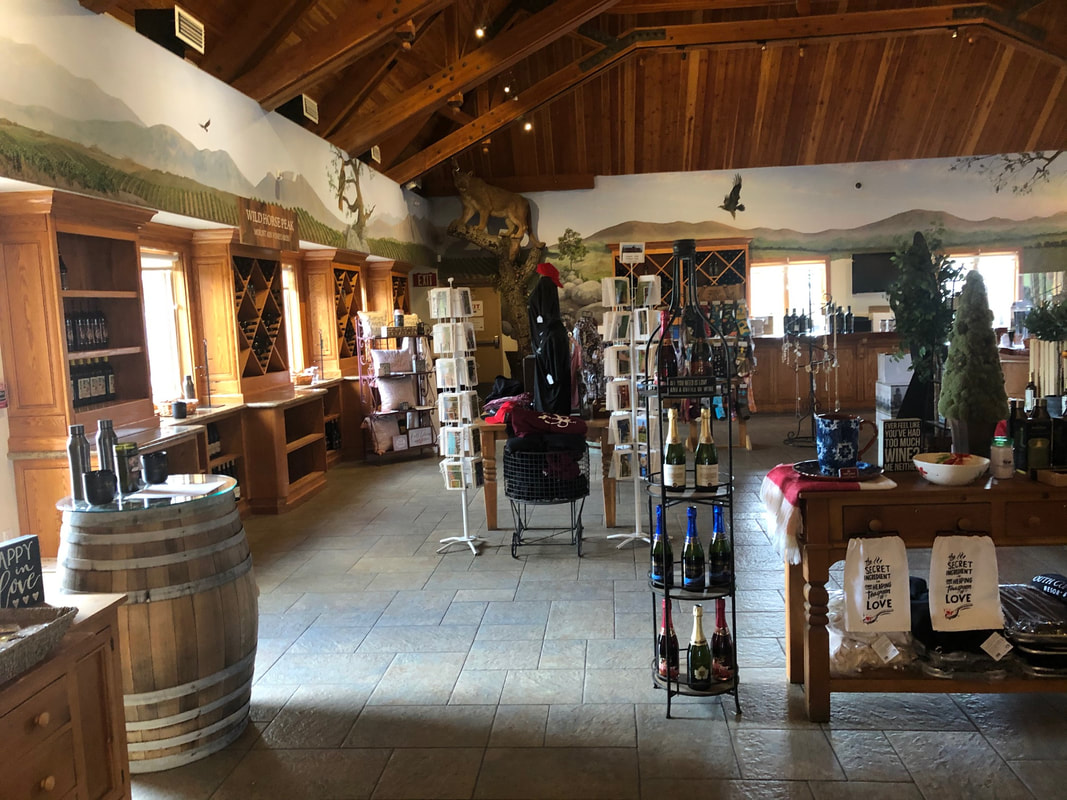
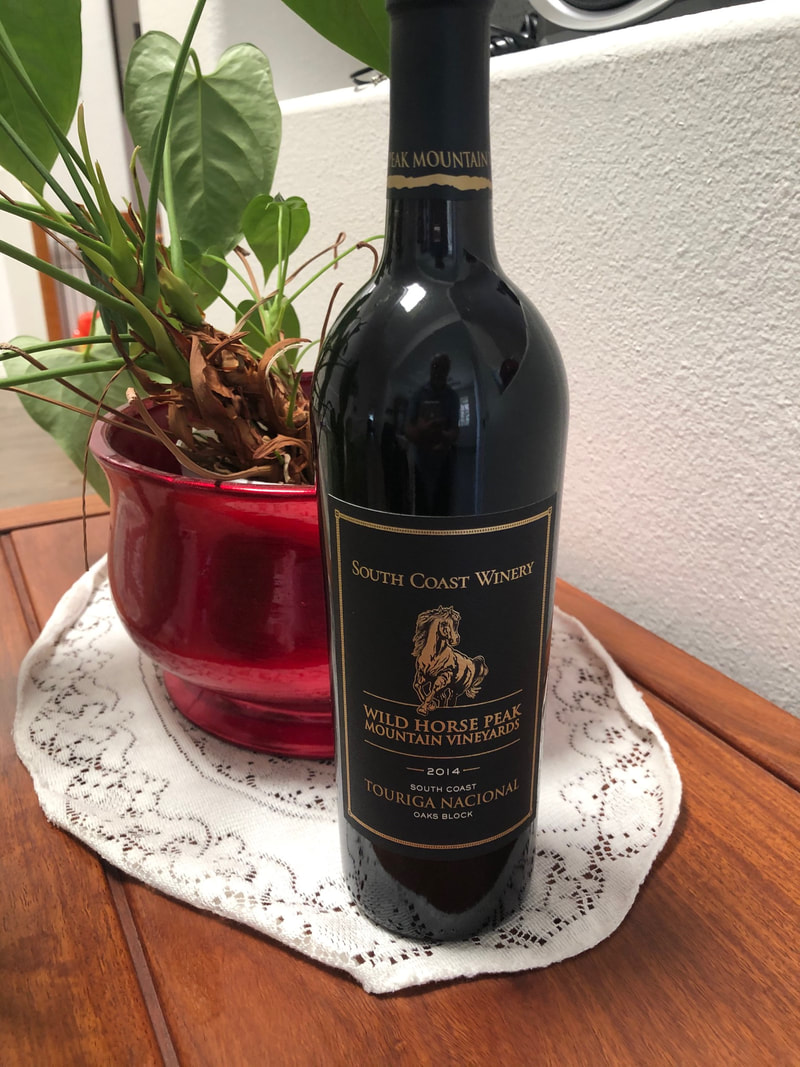
 RSS Feed
RSS Feed